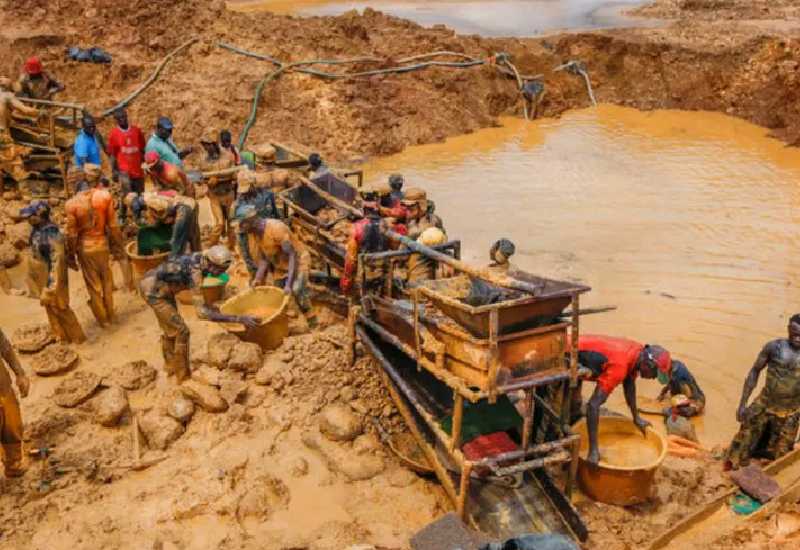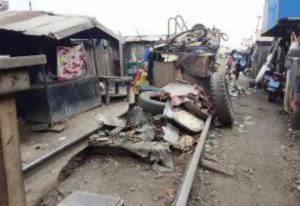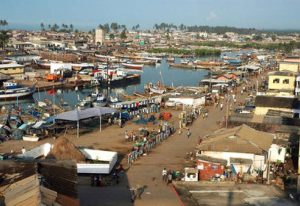Thirty-four major forest reserves in the country have been significantly affected due to illegal small-scale mining, otherwise known as “galamsey”.
A total of 4, 726.2 hectares of forests had, thus, been dissipated or degraded as a result of the mining illegalities carried out in those reserves.
Some of the worst affected forest reserves are Apamprama, Subin Shelterbelt and Oda River Forest in the Ashanti Region.
Mr John Allotey, the Chief Executive Officer, Forestry Commission, said this at the Minister’s briefing on the “State of the Nation’s Forests” in Accra on Tuesday.
He said the Commission was having difficulty in controlling illegal mining in those reserves due to either large number of illegal miners, violent armed miners, or large numbers of excavators being used for mining.
“Illegal mining operators working in forest reserves are now using recruited armed security with sophisticated assault rifles and other weaponry,” he said.
Those illegalities were mostly carried out at night and the Forestry Commission’s field staff lacked the necessary military training to overpower them, he said.
Mr Allotey, therefore, called for military intervention to assist the Commission’s field officers to handle the arduous task of arresting the miscreants.
Meanwhile, the Commission had trained 964 of its field officers at the Asutuare Military Camp on weapon handling.
It had also constituted 13 Rapid Response Teams with 1,000 pump action guns procured for their operations.
On economic benefits of the forest to the national economy, Mr Allotey said Ghana raked in $200 million per annum from timber export, with the domestic market constituting GHS 800 million.
Programmes being undertaken by the Commission to restore the degraded forest included the Ghana Forest Plantation Strategy, Forest Plantation, Enrichment Planting and Trees-on-Farm aimed at planting 690,436 hectares of the mined areas.
It is also implementing the Ghana Forest Investment Programme and Ghana Landscape Restoration and Small-scale Mining Project to reclaim between 100 and 1,500 hectares of mined areas.
Mr Allotey said Ghana was already benefiting from some of the afforestation and re-afforestation programmes and cited the Ghana Cocoa Forest REDD+ programme, which was a World Bank financed initiative to improve operational productivity.
This is done through climate smart promotions in forests landscapes and aggressively restore degraded forests lands valued at $50 million.
The country had already received $4.5 million being the first tranche for reducing carbon emissions and accumulating carbon credit.
Mr Allotey explained that 69 per cent of the amount received would go to some forest communities for cocoa agroforestry, irrigation, artificial pollination and forest plantation establishment, as well as the setting up of alternative livelihood programmes and biodiversity conservations.
Mr Samuel Abu Jinapor, the Minister of Lands and Natural Resources, said the Akufo-Addo-led Government had well-thought through policies and programmes to protect and preserve the forests and restore the degraded cover.
He reiterated government’s resolve to flush out all illegal mining cartels operating in the forest reserves and severely punish those involved through the judicial system.
He called for national, non-partisan and collaborative efforts to deal with the galamsey menace.
Ghana’s forest cover in 1902 stood at 8.2 million hectares but due to agricultural expansion, road infrastructure and urbanisation, it is now 6.6 million as at 2021.
Ashantibiz




